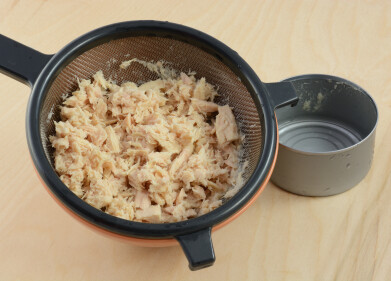Environmental Laboratory
Tips and Tricks for pH Measuring Techniques
Mar 21 2012
Mettler Toledo (UK) has launched an email series of tips and tricks to help researchers and scientists to improve pH measurements in laboratories.
pH measurement is a frequent task in a lab,the results of which are often dependent on the performance of the instruments used. While there are regular check-ups and calibration possibilities for your pH meters, but did you know that your measurements can be influenced by external factors, such as the surrounding temperature or the age of the buffer solutions. Did you know that there are cases where you measure the sensor and not the sample? Technique directly affects the success and repeatability of your experiments and fortunately there are a few simple tips that will greatly improve your pH measuring performance.
Diaphragm clogging: TRIS-based buffers can damage standard pH equipment, as the reference junction on conventional pH electrodes can clog when TRIS reacts with silver ions in the filling solution. This may also occur with protein in the buffer, such as BSA, eventually causing slow or fluctuating readings, or even entirely wrong results. To ensure reliable results and accurate buffer values choose an electrode specifically designed to be compatible with TRIS-based buffers.
Automatic and manual temperature compensation: Automatic temperature compensation (ATC) is most effective with sample volumes greater than 10 ml. Sensors with an integrated temperature probe allow ATC by the pH meter, whereas sensors without an integrated temperature probe require a separate probe. Manual temperature compensation is extremely accurate, but time-consuming. Always enter temperatures in the measurement settings of the pH meter, and adjust with every temperature change.
Store sample and sensor at the same temperature: Store the sensor with the samples, as the greatest accuracy is achieved when the pH membrane, reference system and sample are at the same temperature.
Measure the sample, not the sensor: With very small samples, the sensor can take so long to reach equilibrium that its temperature is wrongly interpreted as the sample temperature. Take the time necessary to ensure that you actually measure the sample temperature.
Use fresh buffers: Unopened buffers typically have a shelf life of 2 years, opened buffers Three to six months, and alkaline buffers (pH 10 or higher) one month, as their pH changes noticeably through contact with carbon dioxide in the air. Always use fresh buffer solution, store buffers in closed bottles and never use them after the expiry date.
Digital Edition
AET 28.4 Oct/Nov 2024
November 2024
Gas Detection - Go from lagging to leading: why investment in gas detection makes sense Air Monitoring - Swirl and vortex meters will aid green hydrogen production - Beyond the Stack: Emi...
View all digital editions
Events
Dec 02 2024 London, UK
Dec 03 2024 Dusseldorf, Germany
Dec 11 2024 Shanghai, China
Jan 12 2025 Abu Dhabi, UAE
Jan 14 2025 Abu Dhabi, UAE














.jpg)




